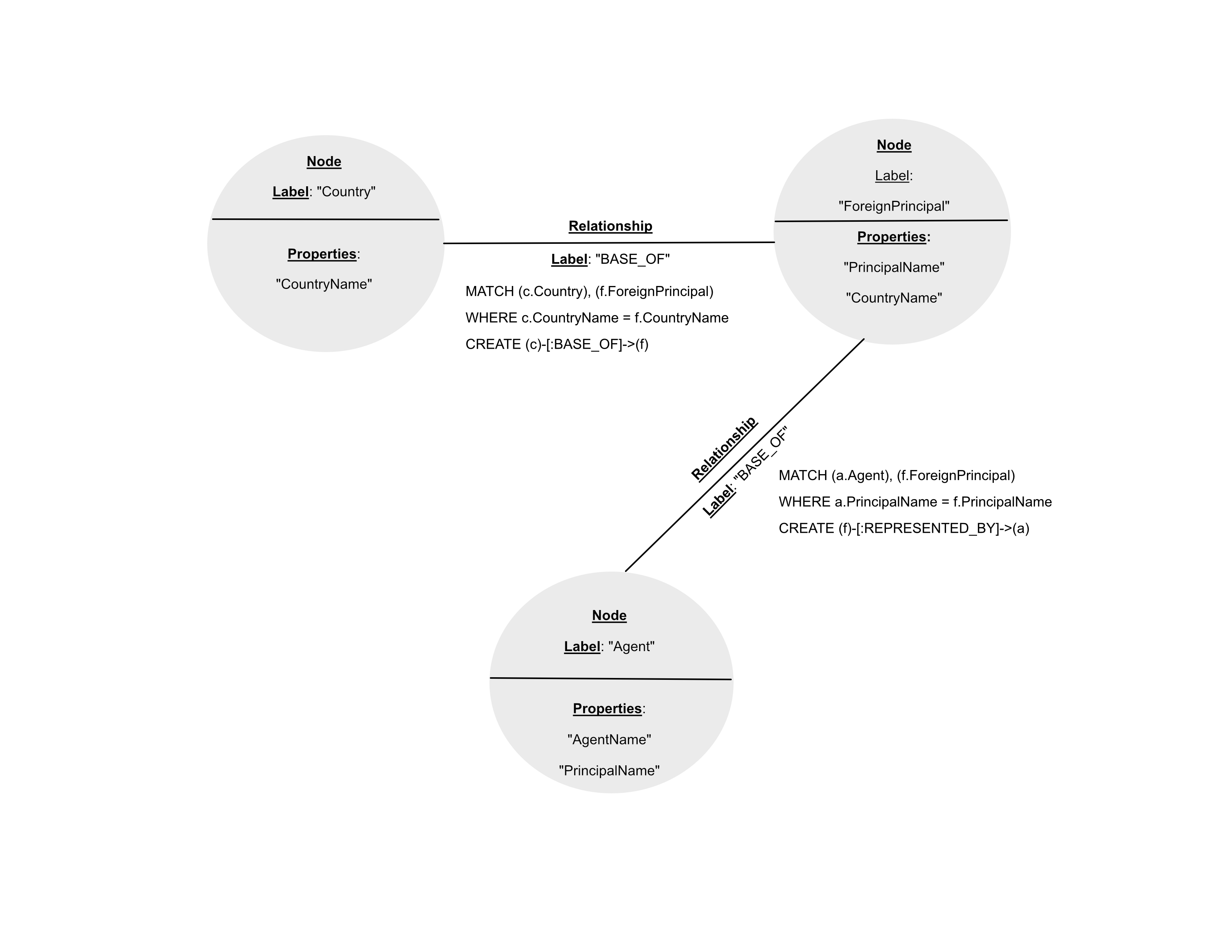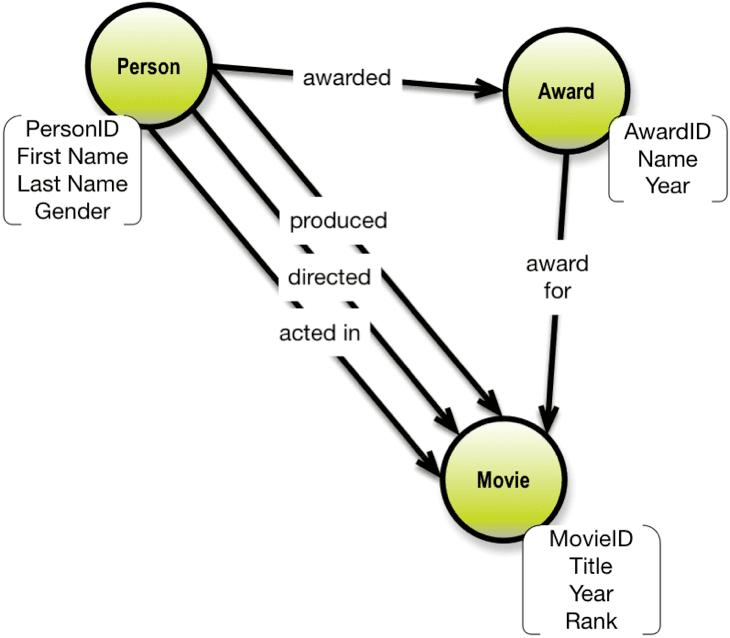

These models can often be found within airline reservation systems or bank databases.

By looking at how different variables can change the relationship between the data, new perspectives can be gained as the information’s presentation is altered by focusing on different attributes or domains.
Relational Model: Founded on mathematical theory, this database model takes information storage and retrieval to a new level because it offers a way to find and understand different relationships between the data. Fortunately Creately support all the models 🙂. But in some special cases other models can be more beneficial. Luckily turn-key diagramming and design tools like Creately can make this effort a breeze.įrom the below mentioned models the relational model is the most commonly used model for most database designs. Of course, in either scenario, the production of database diagrams would be required to establish and maintain high operational standards. Do note that, depending on the type of data and end user needs when accessing the database, it’s possible to employ multiple models to create a more sophisticated database design. Types of Database Modeling Techniquesīelow is a list of the most common database modeling methods. In the design phase, database diagrams will provide needed documentation of the data links that facilitate database functionality. A strong database model will also enable various ways to manage, control, and organize the stored information to effectively execute multiple key tasks. Database Modeling 101įundamentally a database should be easy to use and must maintain the integrity of the data in a secure fashion. Read on to learn why modeling is an engineering imperative as well as some of the more popular data model techniques. It’s the very foundation of a database design effort, and the specific data model employed drives the database diagram and overall development endeavors. 
At the heart of database modeling is the idea of designing a database structure that defines how stored information can be accessed, categorized and manipulated.







 0 kommentar(er)
0 kommentar(er)
